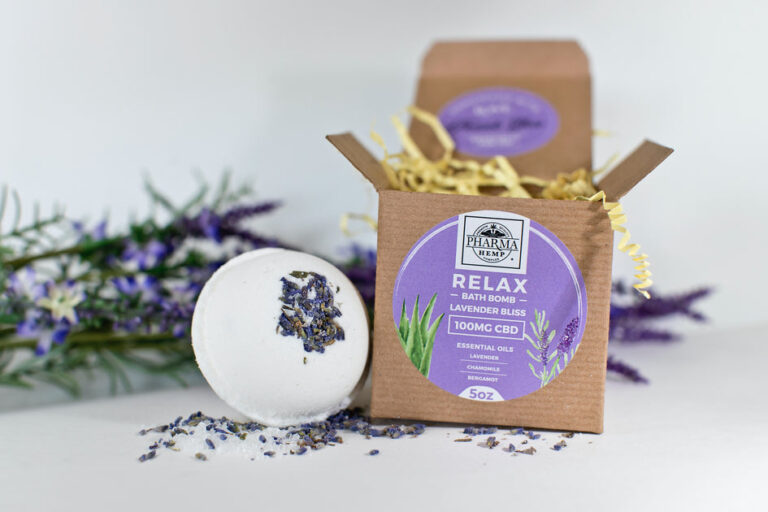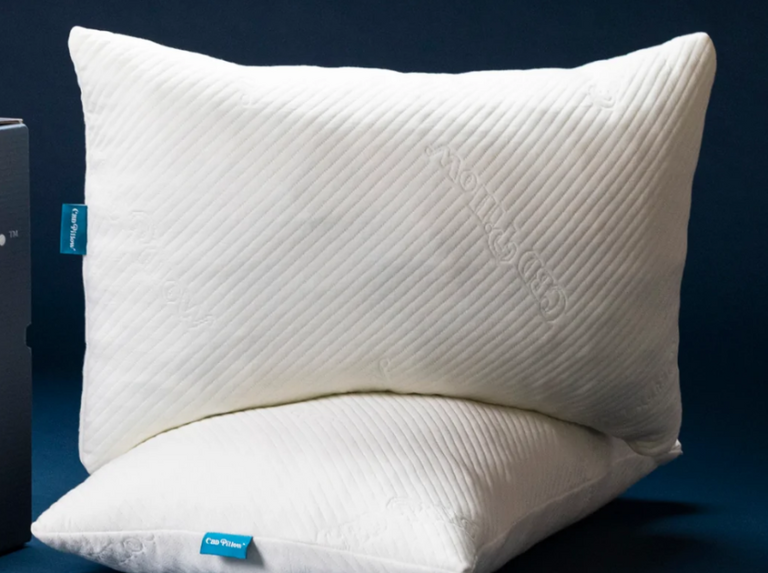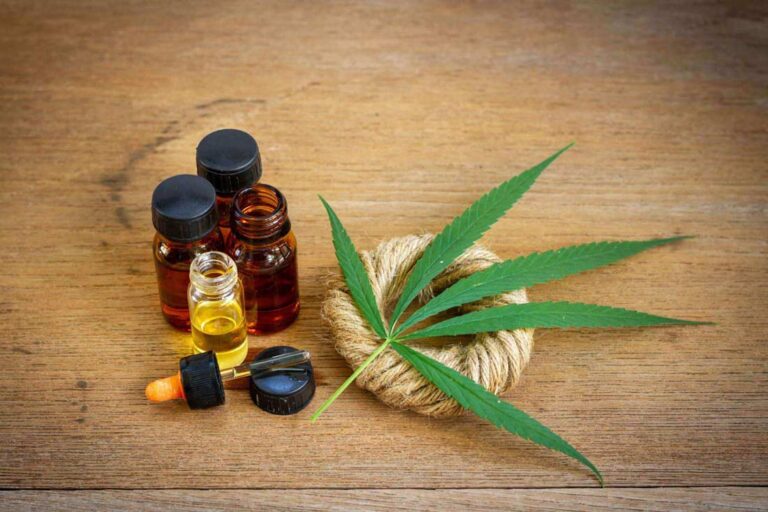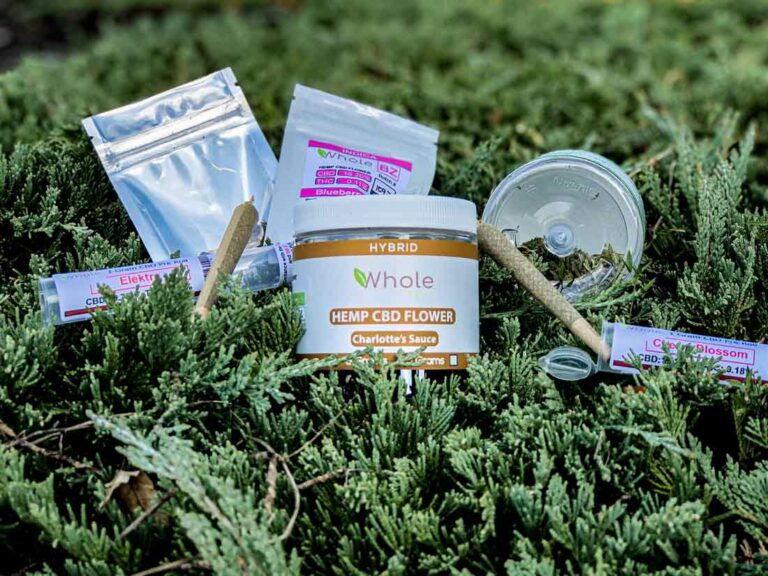Summary: Ninety percent of medical marijuana products offered at dispensaries are far stronger than recommended for chronic pain relief.
Source: Wake Forest Baptist Medical Center
More than 90% of the legal marijuana products offered in medical dispensaries are much stronger than what clinical studies have shown that doctors recommend for chronic pain relief, according to a study published in the March 26 online edition of the journal PLOS ONE.
To many that may seem like a good thing, but just the opposite is true.
“We know that high-potency products should not have a place in the medical realm because of the high risk of developing cannabis-use disorders, which are related to exposure to high THC-content products,” said the study’s lead author, Alfonso Edgar Romero-Sandoval, M.D., Ph.D., associate professor of anesthesiology at Wake Forest School of Medicine, part of Wake Forest Baptist Health.
“Several earlier studies showed that levels of up to 5% tetrahydrocannabinol (THC) – the main psychoactive compound in marijuana that provides pain relief as well as intoxication – were sufficient to reduce chronic pain with minimal side effects.”
The goal of this study was to evaluate the advertised THC and CBD content of legal cannabis products to determine their suitability for medicinal use, and to compare the potency of the products offered in medical and recreational programs.
The researchers recorded the concentrations of THC and cannabidiol (CBD) – the non-euphoric compound in marijuana – in all plant cannabis products provided by legal dispensary websites and compared them between or within the states in the study: California, Colorado, Maine, Massachusetts, New Hampshire, New Mexico, Rhode Island, Vermont and Washington. A total of 8,505 cannabis products across 653 dispensaries were sampled.
Romero-Sandoval’s team found that most of the products offered in the medical dispensaries in the study had more than 10% THC and that many had 15% or more, the same as what is available in products at recreational dispensaries.
This is problematic because between 60% and 80% of people who use medical marijuana use it for pain relief, Romero-Sandoval said. The higher the concentration of THC the greater risk, not only for developing dependency, but also for developing tolerance more quickly, which means higher and higher concentrations might be needed to get the same level of pain relief.
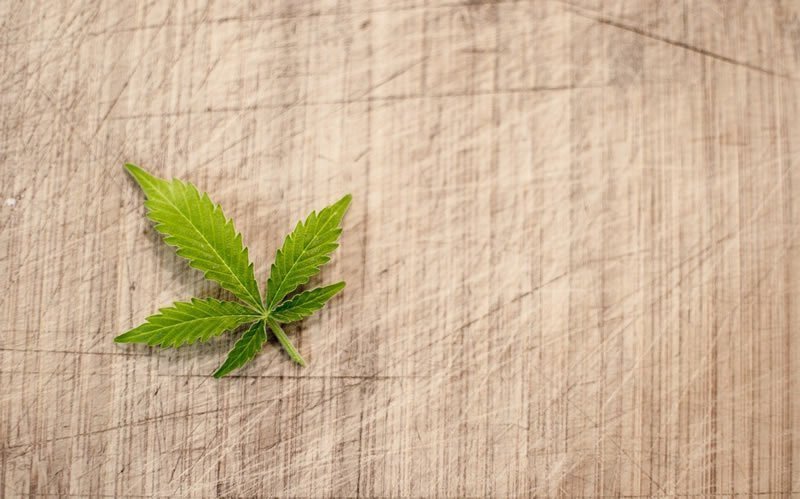
“It can become a vicious cycle,” Romero-Sandoval said.
“Better regulation of the potency of medical marijuana products is critical. The FDA regulates the level of over-the-counter pain medications such as ibuprofen that have dose-specific side effects, so why don’t we have policies and regulations for cannabis, something that is far more dangerous?”
This study provides the scientific evidence to help policy makers correct mistakes and to create a better framework to protect patients, he said.
Romero-Sandoval is currently conducting research on CBD that is expected to be published in the near future.
Funding: This study was funded by the Department of Anesthesiology at Wake Forest Baptist Health.
About this neuroscience research article
Source:
Wake Forest Baptist Medical Center
Media Contacts:
Marguerite Beck – Wake Forest Baptist Medical Center
Image Source:
The image is in the public domain.
Original Research: Open access
“Mapping cannabis potency in medical and recreational programs in the United States”. Mary Catherine Cash, Katharine Cunnane, Chuyin Fan, E. Alfonso Romero-Sandoval.
PLOS ONE doi:10.1371/journal.pone.0230167.
Abstract
Mapping cannabis potency in medical and recreational programs in the United States
Cannabis related online searches are associated with positive attitudes toward medical cannabis, particularly when information is obtained from dispensaries. Since pain is the main reason for medicinal cannabis use, information from dispensary websites has the potential to shape the attitude of pain patients towards cannabis. This is relevant because cannabis has demonstrated efficacy in neuropathic pain with low tetrahydrocannabinol (THC) concentrations (15% THC), which is highly rewarded in the recreational realm. The role of CBD in pain is not clear, however it has gained popularity. Thus, we hypothesize that the potency of medical cannabis that is advertised online is similar to the cannabis advertised for recreational purposes, which would potentially create a misconception towards medical cannabis. The current lack of knowledge surrounding advertised potencies in the legal cannabis market limits the ability to generate clear policies regarding online advertising to protect patients that are willing to use cannabis for their condition. Thus, we evaluated the advertised THC and CBD content of cannabis products offered online in dispensaries in the United States to determine products’ suitability to medicinal use and compare the strength of products offered in legal medical and recreational programs. We recorded THC and CBD concentrations for all herb cannabis products provided by dispensary websites and compared them between or within states. Four Western states (CA, CO, NM, WA) and five Northeastern states (ME, MA, NH, RI, VT) were included. A total of 8,505 cannabis products across 653 dispensaries were sampled. Despite the clear differences between medicinal and recreational uses of cannabis, the average THC concentration advertised online in medicinal programs was similar (19.2% ±6.2) to recreational programs (21.5% ±6.0) when compared between states with different programs, or between medicinal and recreational programs within the same states (CO or WA). Lower CBD concentrations accompanied higher THC products. The majority of products, regardless of medicinal or recreational programs, were advertised to have >15% THC (70.3% – 91.4% of products). These stated concentrations seem unsuitable for medicinal purposes, particularly for patients with chronic neuropathic pain. Therefore, this information could induce the misconception that high potency cannabis is safe to treat pain. This data is consistent with reports in which THC and CBD in products from legal dispensaries or in nationwide products from the illegal market were actually measured, which indicates that patients consuming these products may be at risk of acute intoxication or long-term side effects. Our study offers grounds to develop policies that help prevent misconceptions toward cannabis and reduce risks in pain patients.
Feel Free To Share This Neurology News.
Source: neurosciencenews.com

